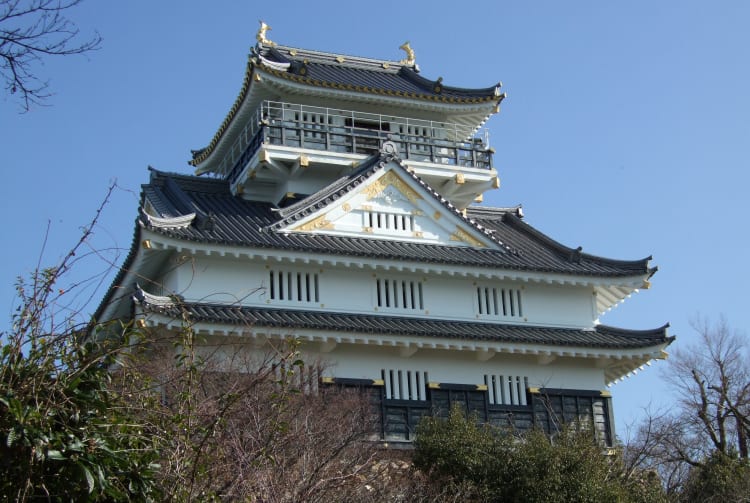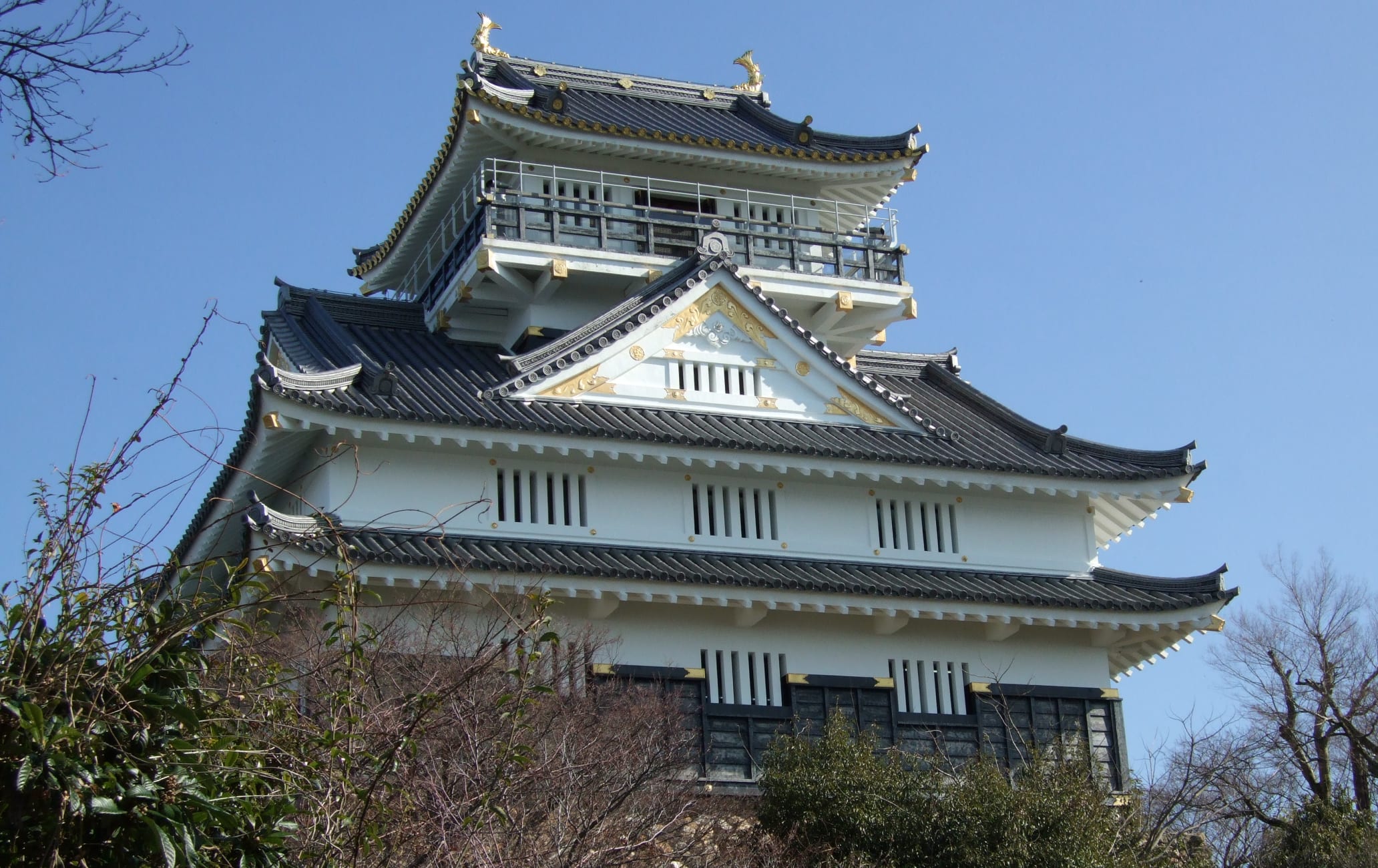The aerie where warlord Oda Nobunaga planned the unification of Japan in the 16th century
High on Mt. Kinka on the banks of the Nagara River, Gifu Castle has one of the most impressive views of any castle in Japan. It is an ideal position to spot a marauding samurai army coming to attack the castle—constantly on warlord Oda Nobunaga's mind—or to simply take in the surrounding views.
Don't Miss
- Stunning views from the observation deck
- Exhibitions of armor and weapons
- The Gifu Castle Archives Museum
How to Get There
From Gifu Station it is a 15-minute bus ride to Gifu Castle.
Buses from Gifu Station run frequently to Gifukoen-mae bus stop at the base of Mount Kinka.

Third time lucky
As it stands, Gifu Castle is now the third recorded castle built on the site. The original was built in the 13th century and destroyed around 1600 in the leadup to the pivotal Battle of Sekigahara when Japan was finally reunified. Sitting on the mountaintop, the castle holds a strategic advantage. The Tokugawa regime was determined to remove what it considered a major threat.
Later, the castle was repaired and remained in private hands until it was destroyed by fire.

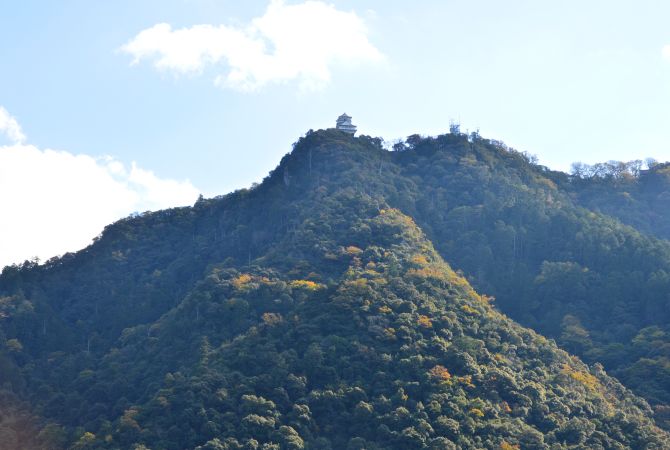
The current castle was built in 1956 with cement. Though it is not an original castle structures, the view from the lookout posts on the top floor is stunning.
Inside the castle, you will find an exhibition about the castle town and the castle building that Oda Nobunaga worked on.

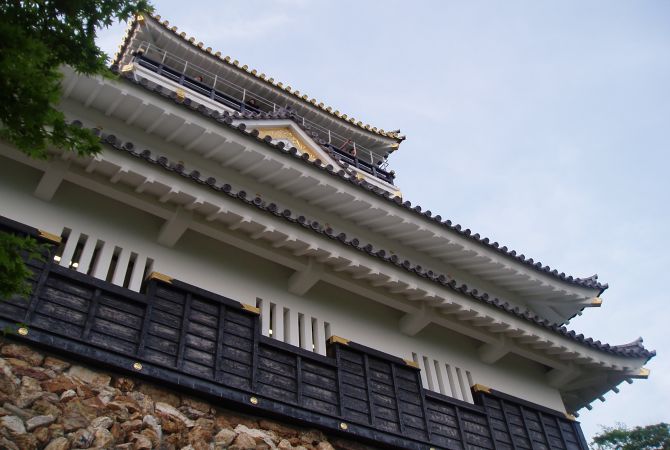
Other attractions
A ropeway, starting in Gifu Koen Park, runs up the side of Mt. Kinka. The climb to the top takes about an hour. Each of the four routes up the mountain makes for a satisfying hike and there is much to see on the way including shrines, the Gifu Castle Archives Museum, and a squirrel petting zoo.
Round-trip tickets for the ropeway are 1100 yen, but one-way tickets are also available, allowing you to ride up and hike down or vice versa. A restaurant just beyond the summit ropeway station offers a chance to rest and recharge while enjoying dramatic views over the Nagaragawa River and the distant Alpine peaks.
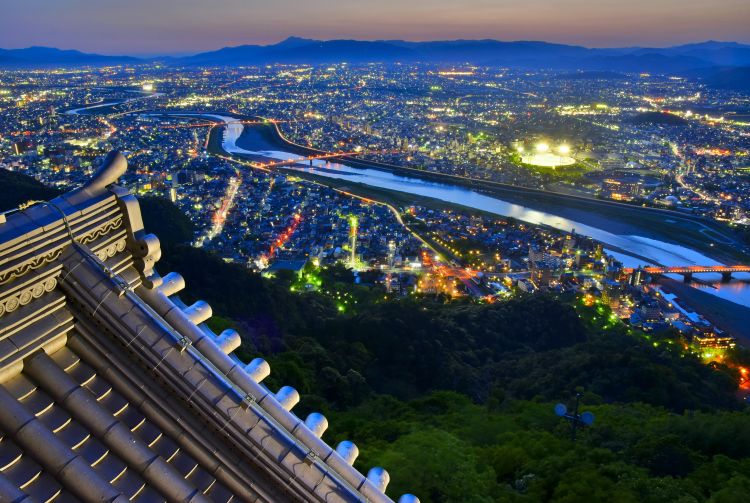
In addition to the many shrines dotted around the park, the Gifu City Museum of History should be on your hit-list. It's a fantastic place to learn about the history of the castle, the city, and the Gifu area . It also has a series of temporary exhibitions. The Nawa Insect Museum is an unusual spot, built by a man known as The Insect Man. It houses over 300,000 beautiful specimens, making it a big hit with children.
Nearby Shohoji is the home to a 14-meter tall lacquered Buddha (one of the three great Buddhas of Japan), and the Nagaragawa Ukai Fishing is a short walk away. Ukai fishing, using cormorants, is a tradition that has continued here for 1,300 years. You can see it performed between May 11 and October 15 every year.


You can cover the castle itself in an hour, but if you plan on visiting the museums and other attractions in the vicinity, you will need longer.




















































